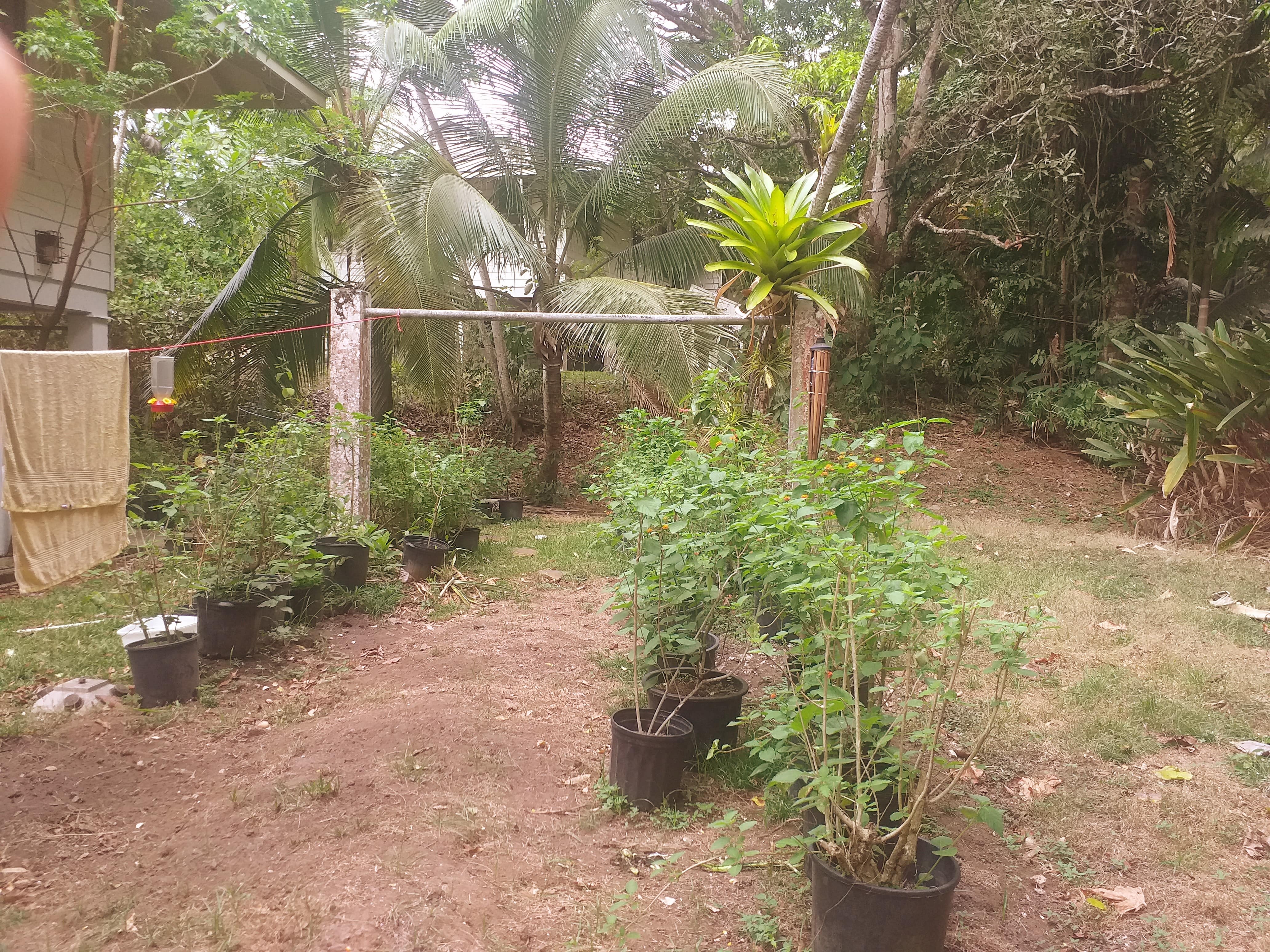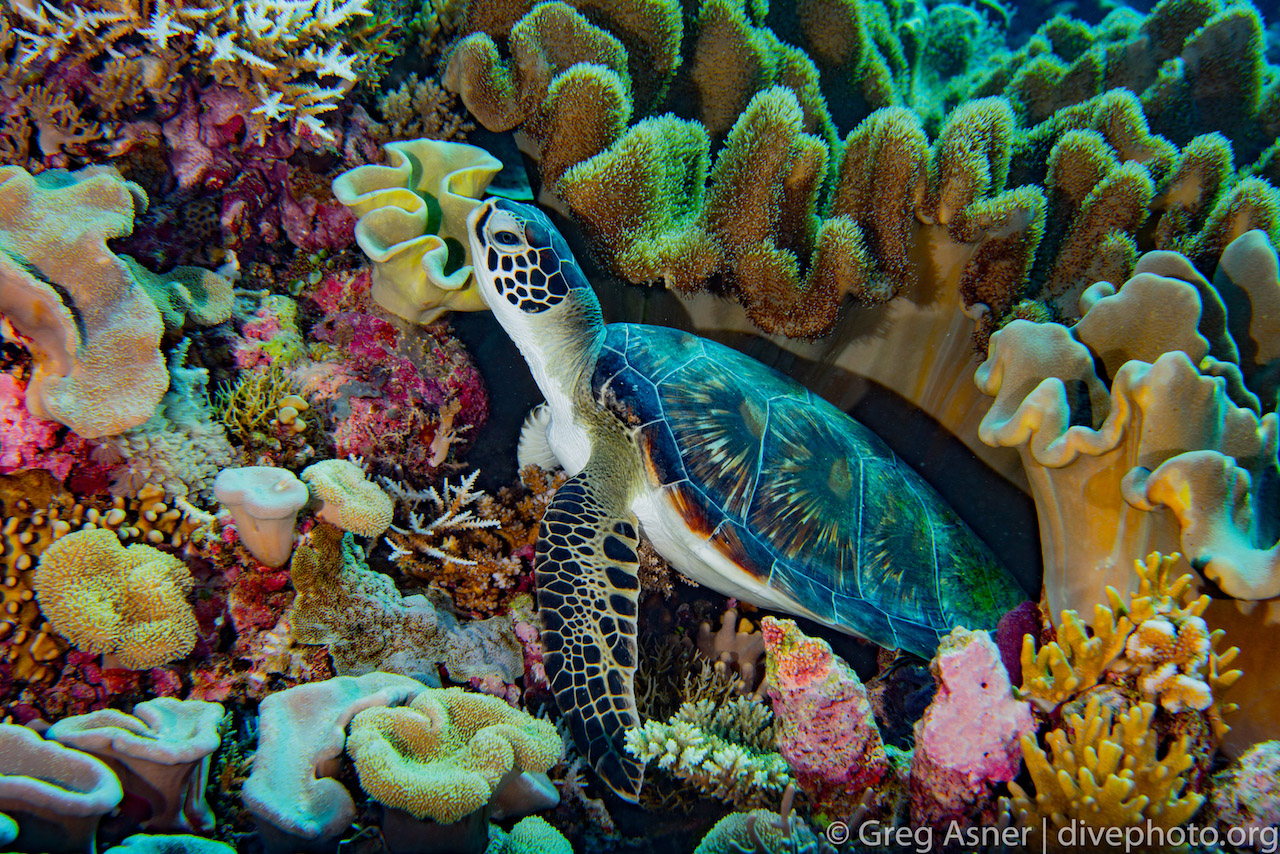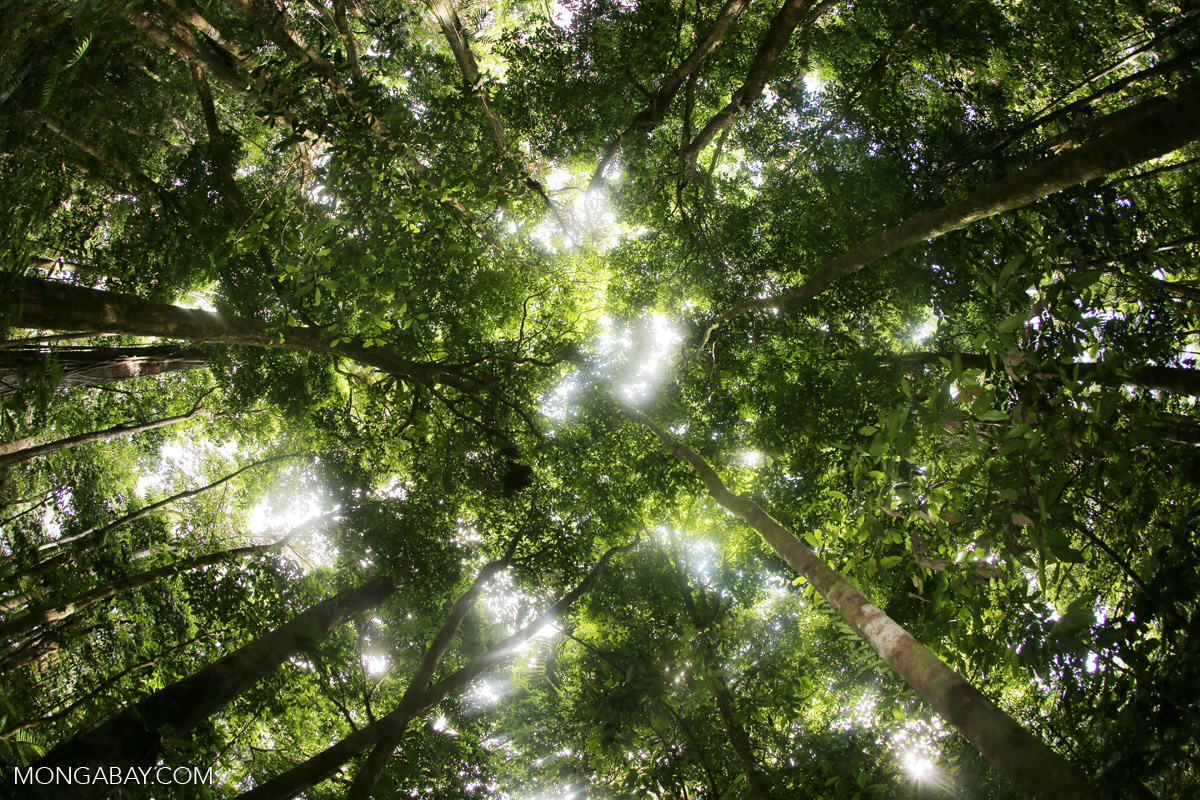- Travel, social and funding restrictions imposed in response to the COVID-19 pandemic have taken a toll on scientific research worldwide.
- Graduate students and early-career scientists have seen their plans for field research and projects thrown into uncertainty, while science conferences on issues from climate change to conservation have been postponed.
- Researchers working with live organisms are having to make the tough decision of which ones to keep alive amid a shortage of resources.
- Long-term research projects, some going back decades, face an unprecedented break in data gathering, and there’s widespread uncertainty about how long grants and other funding sources will be available.
The COVID-19 pandemic is giving “cancel culture” a new meaning. Weddings, graduations, academic conferences, sports events and birthday parties are all postponed until further notice. Among the laundry list of activities placed into involuntary hibernation is something many might not have considered: scientific field research.
As scientists across the globe stay at home to help stop the spread of COVID-19, field research has come to an abrupt stop.

“Collecting long-term data in projects running for more than 40 years, being able to feed live animals and water plants that are part of ongoing experiments, and operating basic systems such as seawater pumps are some of the activities that have been either disrupted or completely halted,” Oris Sanjur, associate director for science administration at the Smithsonian Tropical Research Institute (STRI) in Panama, told Mongabay.
Though research institutions and funders are doing their best to keep irreplaceable science alive during the pandemic, the ever-evolving COVID-19 situation has made it nearly impossible for scientists to do what they do best: make and execute plans.
“A PhD student forced to abandon his fieldwork experiments in Panama, another PhD student unable to start her work in the Peruvian Andes, a postdoc evacuated from lockdown in Congo after long delays, several Latin American colleagues who have been trapped in the UK and unable to return home, and Brazilian climate change experiments and plot measurements that are on hold while university campuses and travel is all shut-down,” said Oliver Phillips, the chair of tropical ecology at the University of Leeds, U.K., when asked what challenges he and his colleagues are facing due COVID-19 restrictions.
Graduate students
The COVID-19 research disruption is an especially hard hit for graduate students. The closing of national parks and field stations to researchers and global travel restrictions are of particular consequence to students in the early years of their master’s degree or Ph.D. work. Often, these students and their supervisors have spent the previous year (or more) making plans for field research. Because many projects and studies are seasonal, the loss of a spring or summer field season means the project will be delayed for an entire year.
“These [graduate] students have written successful fellowship applications to secure funds. They’ve applied for permits. They’ve grown plants from seed to take into the field and study their development,” Sunshine A. Van Bael, an associate professor at Tulane University, told Mongabay. “They are ready for a May start for field research — but now we are guessing July, if even then. One student would need to be in Yosemite National Park just as snow melted, to plant seedlings. Another would need to be collecting seeds in the rainforest from April until June.”

In a time of uncertainty, many professors are scrambling to make a Plan B, including finding existing datasets to work with from home. Some are restricted to a “cyber” field season. This approach is practical, but robs students of the data collection experience. Planning the experimental process and participating in data collection in the field are huge parts of the scientific process.
“I was supposed to head to Costa Rica this summer for two months to do my master’s research on strawberry poison dart frogs,” said Rachel Snyder, a student at John Carroll University. “My plans have been canceled and I am now having to design and implement a completely new project after eight months of preparing for this one. I have one year left in school before my funding runs out. I’m feeling pretty stressed about completing a research project before I am no longer supported by my university financially.”
On the tail end of fieldwork, for many students, is extensive lab work. Samples collected in nature are brought back to the laboratory to examine genetics, microbial content, transcriptomes, and a whole host of other processes. University shutdowns have left students with previously collected samples in limbo, and for some, the clock is ticking.
“I study kissing bugs, which transmit Chagas disease throughout the Americas,” Kaylee Arnold, a fourth- year PhD student at the University of Georgia told Mongabay. “I am unable to complete my lab work, which includes processing and measuring the gut bacteria of these bugs that I spent months collecting and preparing.”

In some cases, students who have been accepted into graduate school are having to postpone the beginning of their programs. Uncertainty about funding, about graduation, and about their career choices looms large. And on the other side of graduate school, early-career scientists, like those in postdoctoral or pre-tenure positions, are also faced with insecurity.
“The greatest damage to me is in terms of future work,” Krzysztof Kozak, a biodiversity genomics fellow at the STRI, told Mongabay. “I have applied for grants, fellowships and jobs based mostly on extensive fieldwork in Brazil and/or multiple African countries. Needless to say, I am unsure if one should even make such plans this year.”
And as with other major life events such as weddings and graduations, Ph.D. defense lectures are now happening online. Intended to be a culminating public presentation in which a student shares roughly five years’ worth of research with their friends, family and community, this is an anti-climactic ending to a mammoth feat of scholarship.
Keeping live organisms alive

Researchers who use live organisms such as plants, insects and vertebrates in their studies are preparing for some tough triage decisions. In the U.S., the National Institutes of Health has issued guidance for COVID-19 pandemic contingency planning for animal care and use programs. Regulations around vertebrates are much stricter than for other organisms.
At the STRI facilities in Panama, researchers scrambled to ensure that frogs housed by the Amphibian Rescue and Conservation Project, some of which are endangered species, would be kept alive and properly cared for after the facilities were shut down in mid-March.
Likewise, hundreds of Heliconius butterflies used in the study of the genetic basis of adaptative variation had to be relocated from STRI insectaries (large outdoor enclosures built especially for housing insects) into temporary holding locations.

“Butterflies are in makeshift cases in people’s backyards, and I have 50 Lantana bushes for flowers to feed the Heliconius. This is to prevent what took years of organized labor to create,” STRI fellow Kozak said. “Most of the [butterfly] stock has been moved to a giant cage that’s easier to access, maintained by the French researcher Rémi Mauxion. Remi visits once a day to inspect the plants and water … Some researchers in Ecuador have had to freeze their butterflies.”

Mongabay has learned that at the University of Texas at Austin, researchers were asked to label “unique and irreplaceable laboratory animals” and are expected to designate which of the rest are nonessential if the institutional animal care and use committee (IACUC) has to make the difficult decision to cull them to reduce workload and feeding requirements. Similar measures are happening at research facilities across the US.
“This is a standard and recommended best practice for dealing with any crisis affecting research animal facilities and adheres to OLAW’s [Office of Laboratory and Animal Welfare] guidelines for pandemic contingency planning,” Adrienne Dawson, research communications manager at the University of Texas at Austin said.
Long-term research
Long-term projects are also facing unprecedented disruptions. For the first time in 50 years, data gathering will not take place this summer on Great Gull Island, a project on breeding seabirds on an island in the Atlantic. The American Museum of Natural History is closed with no mention of when it will reopen, and since the project is under the auspices of the museum, they must abide by that determination.
Marine research and work with marine organisms such as marine mammals, coral reefs, sea turtles, fish and marine microbial ecosystems through all of the institutions Mongabay spoke with has stopped. Oceanographic monitoring has been almost entirely suspended as well, and there are concerns about the maintenance of equipment that must be reached by boat.
“All [STRI] fieldwork was suspended, and because of the global impact of this pandemic, many students, fellows, and visiting scientists had to return to their home countries without finishing their research projects,” Sanjur said.

“This will undoubtedly impact important meteorological measurements that have been uninterrupted during the last 49 years with the exception of one week during the US invasion of Panama.”
For 40 years, on the famed island research station in the Panama Canal, Barro Colorado Island (BCI), researchers have kept track of all of the trees, old and new, in a 50-hectare (124-acre) plot to provide information on forest dynamics. This year, because of the COVID-19 crisis, their Forest Global Earth Observatory (ForestGEO) census had to be interrupted.
The Long-Term Ecological Research (LTER) program funded by the U.S. National Science Foundation collects long-term, time series data on ecological processes at 28 sites worldwide. But with only a fraction of the usual staff and visiting researchers able to work and keep a safe distance, these sites are scrambling to decide which projects are the most essential to maintain — amounting to research project triage.
The Arctic Long Term Ecological Research (ARC-LTER) project’s Toolik Field Station, on the north-facing foothills of the Brooks Range in northern Alaska, has been closed to researchers at least through June. According to Edward Rastetter, the project’s principal investigator, “It is looking more and more like we will miss a whole field season.”

“The Toolik Field Station has a skeleton crew on site that have offered to do what they can to maintain experiments and take samples,” Rastetter said. “Clearly, a small skeleton crew will not be able to accomplish what can be done by the army of researchers that populates Toolik Field Station in most summers. In addition, some of the tasks require expertise that the field-station crew does not have.”
Villages in the North Slope borough of Alaska were hit very hard by the 1918 flu pandemic and are, according to Rastetter, “understandably nervous about the current situation.” Although the loss of even part of a field season can be devastating to a research program, it is “far more important that we are not the vector that transmits this pandemic to the North Slope.”
We’ll never know what we missed
Beyond the cloud of COVID-19 and uncertainty obscuring research planning, the slowdown and stifling of data collection means we may miss out entirely on new information and discoveries.
“We might miss the sudden appearance of a new species in the ecosystem,” Rastetter said, “like the sudden appearance of a moss in the experimental reach of the Kuparuk River ten years after the commencement of fertilization. What other changes accompanied this invasion?”
“Another example is the appearance of a thermokarst slump (collapse of hillslope due to permafrost thaw). What were the downstream consequences? What about an unusual thaw event in late fall or a re-freezing in spring? Is the lack of voles on the landscape the result of such an event? These types of unusual events can have consequences that persist for years, but unless you are aware of the event itself, you have no way to attribute these long-term consequences to the cause.”

Missing data in a long-term ecological time series can make it more difficult to analyze and to detect trends or cycles. Although far from ideal, such gaps in data can be mitigated for, statistically. But if that gap misses an important change or deviation in ecological trends and cycles, the loss is more devastating.
The Cedar Creek LTER, located at the Cedar Creek Ecosystem Science Reserve in the grasslands of Minnesota, focuses on the way ecosystems are affected by human activities. It hosts some of the longest-running global change experiments in the world, including those looking at the effects of warming, drought, biodiversity loss, nutrient deposition, and CO2 enrichment.

“We have continuous, annual data from experiments that were started in 1982. Stopping a treatment for a year could permanently damage a long-term experiment, while missing a year of data is unfortunate but less damaging,” Eric Seabloom, a professor at the University of Minnesota and researcher at Cedar Creek, told Mongabay.
“We will only have a small fraction of our normal people working at Cedar Creek … We are hopeful we can maintain our longest running and highest priority experiments, but we are also having to make some painful triage decisions.”
Funding Concerns
COVID-19 may have lasting consequences for the global economy, and science is not impervious to these consequences. Some fear that the resources allocated to fight COVID-19 may mean fewer resources are available for research in other areas.
“I am concerned about the impact of COVID-19 on the economy and on funding for research,” said John E. Fa, a professor at Manchester Metropolitan University in the U.K. “We don’t know what will happen, and priorities may change. We are in long holding phase currently. I do hope that once all this is over, we are able to get the funders to allow us to continue to extend our project until about the end of the year.” Fa’s research on the use of wildlife by people in tropical rainforest areas around Africa and the Amazon has been largely put on hold.
The National Science Foundation, a major U.S. governmental funder of research, has said that grantees can apply for a no-cost one-year extension and further extensions as needed. Other funding agencies are also making special exceptions for work affected by the COVID-19 pandemic. But the timeline extensions do not come with any extra money, and the changes wrought by a missed season could be costly.

Scientific meetings and policy planning
Scientific meetings, where researchers share and discuss their latest work, have also fallen by the wayside, slowing the work of the scientific community as a whole.
But the way COVID-19 has disrupted a major year for biodiversity policy and planning is perhaps most prominent. With recent postponements of critical gatherings such as the World Conservation Congress and the U.N. climate change conference (COP26), many are worried that we are losing critical time in our efforts slow the spread of slower-moving tragedies like climate change and the extinction crisis.
How scientists are adapting
“The silver lining,” said Greg Asner, director of the Center for Global Discovery and Conservation Science at Arizona State University, “is that this gives us time to regroup, rethink, and refocus on where we can be most impactful in the coming few years. The world is changing super fast, not only by the pandemic, but by numerous interacting factors. My team and I are focused on those interactions.”
Successful scientists must generally be creative, resilient and highly adaptive, so worldwide, locked-down scientists are analyzing previously collected data, writing up new manuscripts, teaching (and taking) virtual courses, and engaging in new conversations and collaborations.
Researchers, like the rest of humanity, are also taking time right now to step back from their work. Or as Terry McGlynn, a professor at California State University Dominguez Hills wrote in a blog post, “No, the pandemic is not making me more productive.”

In some ways, the global lockdown is pushing institutions to do things they meant to do already, like create webinars, facilitate online learning, and process backlogs of information. And as people worldwide turn to scientists to demystify the COVID-19 virus, science is in the spotlight like never before.
“Scientists are finding new ways to continue doing science and keep a lively scientific community,” says Sanjur of STRI. “Every crisis also provides opportunities to learn, to adapt and to innovate.”
Banner image of Great Gull Island by Erik Hoffner.
Editor’s Note: Liz Kimbrough completed her PhD under Dr. Sunshine Van Bael and conducted some research at STRI facilities in 2017.
FEEDBACK: Use this form to send a message to the author of this post. If you want to post a public comment, you can do that at the bottom of the page.
